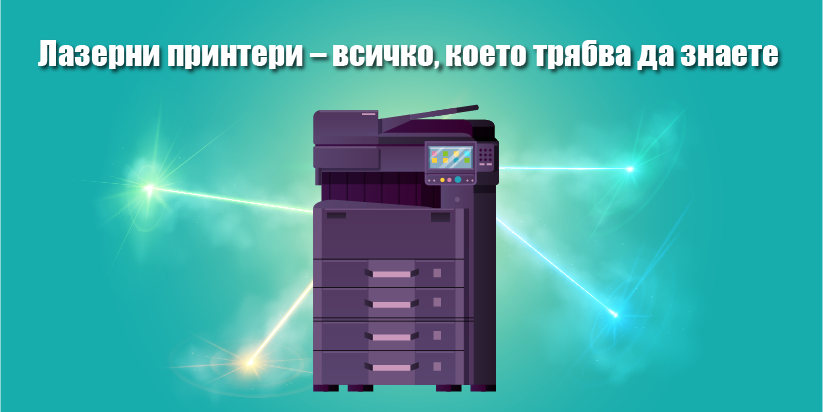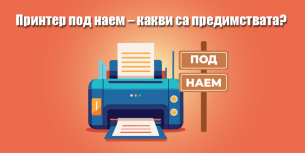In today’s world, printing remains an essential part of our daily tasks – whether in an office, at school, or at home. Laser printers are among the most preferred devices because they offer high speed, precision, and long-lasting print quality. They are ideal for both large volumes of documents and high-quality printing of graphics and images. However, to better understand their advantages, it’s important to know how they work and what their main features are.
How does a laser printer work?
The working principle of a laser printer is impressive and is based on a combination of electrostatic charges and toner powder. A laser beam projects the image onto the drum, which attracts the toner only in specific areas. Then the powder is transferred onto the sheet and fixed permanently by heating. This process ensures clarity and accuracy even when printing in large quantities. In short:
-
the laser module creates the image on the photodrum;
-
the toner is attracted to the charged areas;
-
the fuser drum fixes the powder onto the paper;
-
the sheet comes out with a ready and durable print.
This technology guarantees that printing is fast and precise, while the image remains sharp and long-lasting.
Main advantages of laser printers
What makes these devices so popular are their many advantages compared to other printers:
-
high printing speed – even with large volumes of documents, they work several times faster than inkjet printers;
-
high-quality output – texts are crystal clear, while graphics are vivid and highly accurate;
-
cost-efficiency – a single toner can last for thousands of pages, reducing printing costs;
-
reliability – designed to withstand heavy workloads, they perform well even in high-demand office environments.
All this makes laser printers an excellent choice for businesses and individuals who value productivity.
Color vs. monochrome laser printers – which one to choose?
There are two main types of laser printers on the market – monochrome and color. Choosing between them depends primarily on your needs and preferences:
-
monochrome – ideal for documents, contracts, and text files where speed and low cost are the priority;
-
color – best for presentations, marketing materials, and images that require brightness and high precision.
If your office mainly prints text documents, a monochrome model will be more than enough. However, if you work with graphics and color files, a color printer is the better solution.
Printer components – which are the most important parts?
To understand how a laser printer works and to maintain it properly, you need to be familiar with its main components.
-
photoconductor drum – responsible for transferring the image onto the paper;
-
toner cartridge – contains the powdered toner that creates the print on the sheet;
-
fuser unit (“heater”) – fixes the toner onto the paper using high temperature;
-
paper feed rollers – move the sheets correctly through the printer.
Each of these components plays a key role in the final result, and their proper maintenance is essential for long-term device performance.
When is a laser printer the right solution?
If you’re looking for a device that combines speed, quality, and durability, a laser printer is the perfect choice for you. It’s suitable for offices printing hundreds of pages per day, as well as for individuals who need clear and professional-looking documents. While the initial investment is higher compared to inkjet printers, the long-term costs are significantly lower.
















